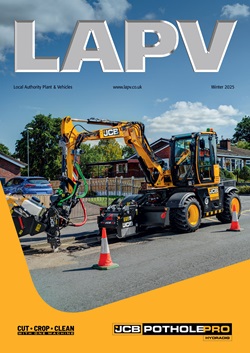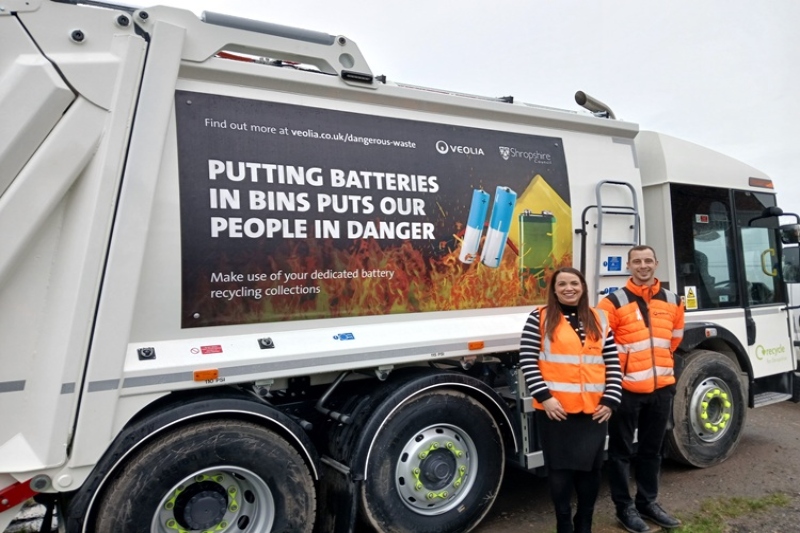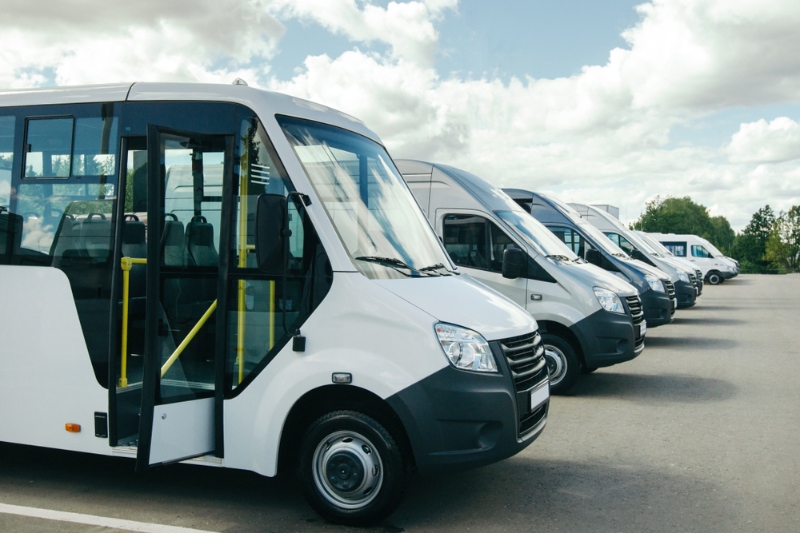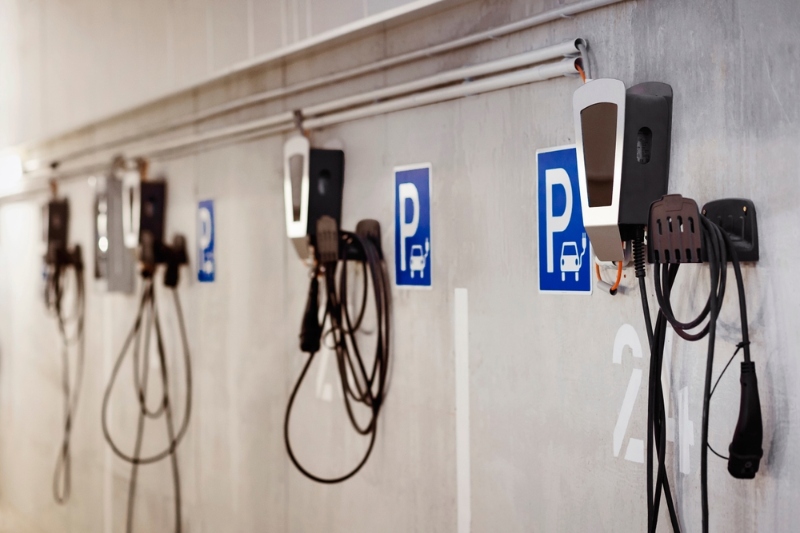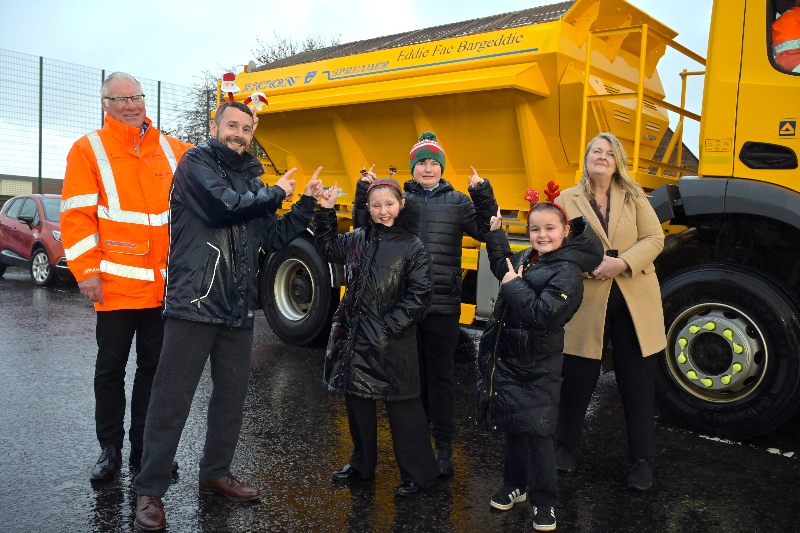It's an exciting time at Johnston Sweepers: apart from the launch of new products, the company has undergone a major reorganisation, with its Swiss parent company Bucher Industries bringing its three sweeper divisions under one roof, reports Jemma Dempsey.
Customers won't notice any difference in manufacturing, delivery or quality but changes are afoot that are designed to put a greater emphasis on customer service. The global industry leader in truck-mounted sweepers and the largest supplier of vacuum road sweepers in the UK, was quick to see opportunities to improve upon this aspect of its operation and put them into action.
The closer association with the Bucher companies will help to focus more on customer service too but there are many other advantages, including the operational benefits of mounting Bucher spreaders and snow ploughs in the UK at the Dorking factory.
Meanwhile, the company has been busy developing its presence overseas in USA, Australia, Europe and, more recently, in Russia which has become one of its biggest export markets recently. Clive Offley, Johnston Sweepers' engineering director, says that more than 50% of the machines produced at the company's Dorking plant are exported around the world which has significantly reduced dependence on domestic sales.
'The UK market has been difficult over the last few years but large orders for Russia and Thailand have helped us to maintain production at full capacity,' he said.
'And, while many manufacturing companies have suffered through the recession, Johnston has been hiring staff to cope with demand, even setting up our own Welding Academy to train people to join our hundred-strong welding pool.'
The USA is one of Johnston's largest export destinations and, in 2011, it opened up its own distribution company, Johnston North America, to provide direct access to the USA, Canada and Mexico markets. It's success has also played a vital part in the company's performance. As North America is one of the world's largest markets for both air regenerative sweepers and mechanically driven machines, the Johnston design team at Dorking have been busy developing new products specifically for this important sector.
Johnston has an R & D team of 35 engineers, with a development budget of more than £3 million. Offley, who heads up the team, said: 'Our R & D programme is driven from three directions: legislative requirements, in terms of safety and engine emissions; environmental factors, such as noise, dust, weight and fuel economy; and also customer input under our banner of 'We listen, we engineer, we deliver'.
'Our customers know more about the day-to-day operation of our machines than we do, so we involve and consult them in all aspects of product development, acting on their feedback and involving them in testing and evaluation of new equipment and design developments.'
As a result, many of Johnston's equipment options and developments have originated as suggestions from customers and the company places high priority on seeking and acting on their suggestions.
The majority of Johnston's truck-mounted sweepers have an auxiliary engine powering the sweeping, fan and suction systems with low or high-powered engines depending on the client. But there are also single engine versions where the truck is driven hydrostatically, allowing Johnston to adapt the drive line to fit their own hydrostatic gear boxes. This allows for very low speed operation.
'This means you're not riding the clutch or using a normal transition,' said Offley.
'Instead, you're using a stepless transition from 0-40mph, so taking the power of the truck engine to power the equipment. This system is very popular in Europe but not so much in the UK. Why?
'The auxiliary engine is designed to work at low revs so fuel consumption as low as 3.3 litres per hour can be achieved. And it can be powered in the UK by red diesel which is untaxed and about a third of the price of normal white diesel. The JCB auxiliary engine is one of the cleanest and most fuel efficient on the market, while the truck engine itself operates at very low revs during the sweeping operation, helping authorities and operators to meet both their cost and air quality targets.
'They are also easier to mount, thanks to the simplicity of the hopper design system. We export our truck sweepers as kits, so if we're selling to the Middle East, for example, we'll ship a hopper and parts to be mounted on a local chassis to our distributor.'
This explains for why the UK market is still predominantly focused on twin-engines but Offley expects that could change.
'Emissions legislation for both the truck and auxiliary engine is getting stricter and stricter,' he said.
'All chassis now are Euro VI and they're super clean, so single or twin engine is a matter of debate. Some think single is cleaner because there's only one exhaust pipe but the power we use to both propel the vehicle and operate the suction system is the same whether you've got one engine or two. You've either got one engine working hard or two working less hard. So, the debate is set to continue.'
But changes in emissions legislation have led Johnston to fit the latest Stage 4 engines throughout their V Range of truck-mounted products. Johnston was the first to the market with a fully tested 93kW Tier 4 Final, emissions-compliant engine. It was developed in conjunction with JCB Power Systems and was the first to incorporate a special after-treatment system which injects ad blue into the exhaust to produce lower engine emissions.
The new engine was signed off by JCB following endurance tests with William Hamilton & Sons, a long-time Johnston customer. The trials put the engine through its paces over several thousand hours of sweeping, providing JCB with comprehensive user data and feedback and giving everyone full confidence in the clean, new engine. Offley says that this means they have the reliability, the software and the maintenance side of it fine-tuned before going into full production.
Last year Johnston Sweepers launched a complete compact machine with a Euro VI engine and they've added one with a Stage 3b emission engine that still meets stringent EU regulations but is a cheaper. They've also just launched a new mid-sized sweeper, the C401, which has a Euro VI engine and recently supplied Heathrow Airport with two of them.
On the truck side, the biggest development recently has been the introduction of the new Stage 4 final, high-powered engine, so there is now both a low-powered 55kw and high-powered 93kw engine to meet the latest emissions legislation.
Offley said: 'We also have our single engine hydrostatic version and we've just developed a power-take-off-driven (PTO) version where we power the sweeping equipment with the truck engine without using the hydrostatic gearbox.'
Johnston has invested heavily in improving fuel economy, developing lighter machines to work at low revs and introducing a new Eco mode on the truck-mounted range which encourages operators to reduce revs during sweeping. All of these makes the machine more efficient and reduces the cost of ownership.
Technology also plays an important part in sweeper design, as Offley noted: 'One of the biggest developments we've seen in sweepers over recent years is in the electrical and electronic systems. All our machines now are controlled by full Canbus systems which include a 7” colour screen designed to help customers monitor their running costs and diagnose faults without the need for specialist tools to speed up maintenance.
'We have been the first to the market with this and we're finding it's a real aid to customers in maximising on-station time and reducing costs.
'If operators go to a building site and need to pick up bricks and rubble, they can increase the revs by overriding the eco mode whereas, in the past, there was the temptation to just switch on and put into full power all day long, making more noise and using more fuel than necessary. So the new control system allows for the driver to be educated.'
The control system is also useful for fleet managers as it helps collate information about a machine's daily performance ' from its average speed, fuel consumption and average revs.
'It's a great device as you can just stick a USB into the display and download the operational data into excel to see day-by-day exactly what the machine has done,' said Offley.
'We've found that to be a very powerful tool: if a customer has a fleet of 10 machines, they can monitor and compare them and deal with any issues.'
Looking to the future, and assuming the UK is still in the EU, there will be new engine emissions legislation from 2018 prompting another engine redesign. The market in Europe is very important to the company and it sees investing in new product design as a way of ensuring it stays at the top of its game.


